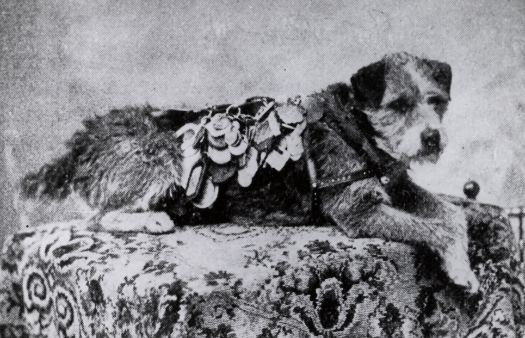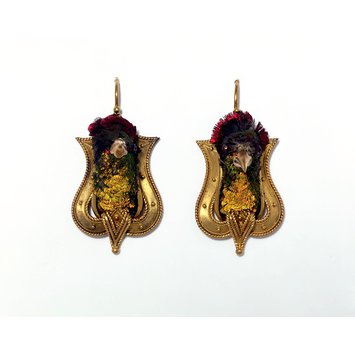So... continuing on with my recent taxidermy trend(in–part due to my groups topic of choice for our Anthropology 397 case study assignment)... I bring to you Owney the Dog. Sometimes people choose to preserve a body after death because of love. Taxidermy was not cheap in the late 1800's, nor is it now. This little dog's memory will last and last. He will be around for future generations to experience and his presence will be strengthened because of it's physical and material nature. In the photos above, he appears to look much different in life than in death. This could be due to the age of the taxidermy or the outdated style of the taxidermic processes used.
Below is a summary about Owney based on the information found at: http://www.postalmuseum.si.edu/exhibits/2c1f_owney.html
Below is a summary about Owney based on the information found at: http://www.postalmuseum.si.edu/exhibits/2c1f_owney.html
Due to chance, Owney ended up a regular at the Albany, New York, post office in 1888. He loved mail bags and would follow them on routes that would eventually end up being cross-country train trips with the mail. Owney made his first world-round trip in 1895. This little dog was considered a good luck charm because no train he rode on was ever in an accident which lead him to become the mascot for The Railway mail clerks. These clerks placed little tags or medals on Owney's collar to mark the places he had traveled to. Postmaster General John Wanamaker gave Owney a harness to use for displaying his medals. Upon his death in 1897, mail clerks put together money to have Owney's body preserved through taxidermy. He was given to the Post Office Department's headquarters in Washington, D.C. and then to the Smithsonian Institution in 1911 where he can be seen in the National Postal Museum's atrium.
– Maia B
– Maia B






